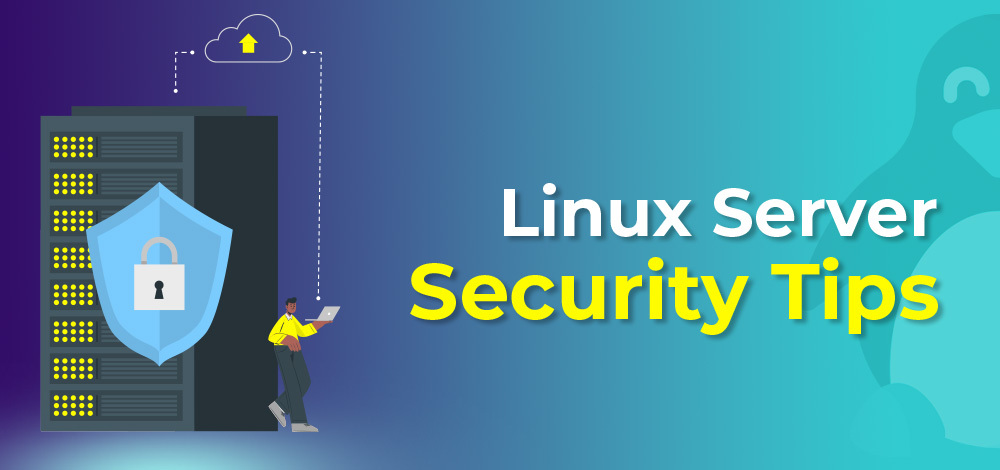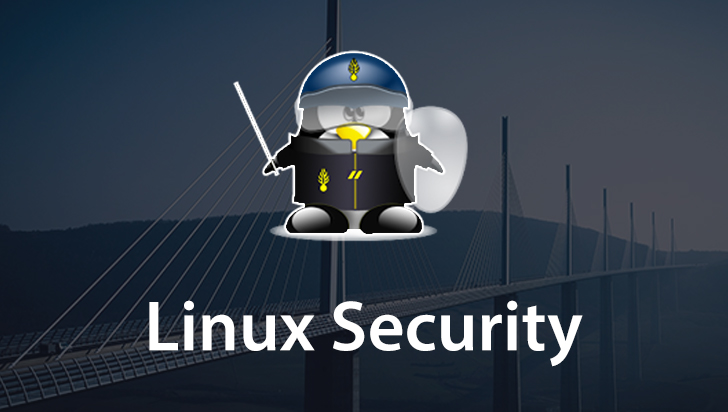Linux Server Security Tips
Here are some Linux server security tips to help enhance the security posture of your server:
Keep Your System Updated: Regularly install security patches and updates for your Linux distribution to address known vulnerabilities and security issues.
Disable Unused Services: Disable unnecessary services and daemons running on your server to minimize the attack surface and reduce potential vulnerabilities.
Implement Firewall Rules: Configure and enable a firewall (such as iptables or Firewalld) to control incoming and outgoing network traffic and protect your server from unauthorized access.
Use Strong Passwords and SSH Keys: Ensure that strong, unique passwords are used for user accounts,
and consider using SSH keys for authentication instead of passwords to secure remote access.
Limit Root Access: Restrict root access to only essential administrative tasks and use sudo to provide temporary root privileges to authorized users when needed.
Monitor System Logs: Regularly review system logs (e.g., /var/log/messages, /var/log/auth.log) for any signs of suspicious activities, unauthorized access attempts, or security breaches.
Implement User Account Management: Create individual user accounts with minimal privileges based on the principle of least privilege (POLP) and regularly review user permissions and access levels.
Encrypt Data in Transit and at Rest: Use encryption protocols such as SSL/TLS for securing data transmitted over networks and implement disk encryption (e.g., LUKS) to protect sensitive data stored on disk drives.
Enable Two-Factor Authentication (2FA): Implement two-factor authentication for user accounts, especially for remote access methods like SSH, to add an extra layer of security.
Regularly Backup Data: Implement a robust backup strategy to regularly backup critical data and configuration files, and store backups securely offsite to ensure data recovery in case of system failures or security incidents.
Install Security Tools and Antivirus Software: Deploy security tools, intrusion detection systems (IDS), and antivirus software to detect and prevent security threats, malware infections, and unauthorized access attempts.
Secure Remote Access: Secure remote access protocols like SSH by changing the default port, disabling root login, and restricting access to specific IP addresses or network ranges using firewall rules.
Implement File System Permissions: Set appropriate file system permissions and ownership to restrict access to sensitive files and directories, and regularly audit file permissions to ensure data integrity and confidentiality.
Stay Informed: Stay up-to-date with the latest security threats, vulnerabilities, and best practices by subscribing to security mailing lists, forums, and communities, and regularly reviewing security advisories from your Linux distribution's vendor.
By following these Linux server security tips, you can help strengthen the security of your server and protect it from various security threats and attacks.
लिनक्स सिस्टम की सुरक्षा में कुछ सुरक्षित कदम लेना आवश्यक है ताकि यह संभावित खतरों से सुरक्षित रहे। यहां लिनक्स सिस्टम की सुरक्षा को बढ़ाने के लिए कुछ महत्वपूर्ण कदम हैं:
सिस्टम को अपडेट रखें: आपके लिनक्स वितरण द्वारा प्रदान की गई सुरक्षा पैच, अपडेट, और बग फिक्स को नियमित रूप से इंस्टॉल करें। यह ज्ञात संकटों का सामना करने और आपके सिस्टम को सुरक्षित रखने में मदद करता है।
मजबूत पासवर्ड का उपयोग करें: सुनिश्चित करें कि आप और आपके सिस्टम पर अन्य उपयोगकर्ता मजबूत, अद्वितीय पासवर्ड का उपयोग करते हैं।
फायरवॉल सक्रिय करें: आगमन और निर्गमन नेटवर्क ट्रैफिक को नियंत्रित करने के लिए फायरवॉल को सक्रिय करें और कॉन्फ़िगर करें।
उपयोगकर्ता खाता प्रबंधन कार्यक्षमता को लागू करें: उचित अनुमतियों और विशेषाधिकारों के साथ व्यक्तिगत उपयोगकर्ता खाते बनाएं।
अपवाद सेवाओं को अक्षम करें: अवांछित सेवाओं और डेमन को अक्षम करें।
डेटा को एन्क्रिप्शन करें: संवेदनशील डेटा को एन्क्रिप्ट करें, स्थिर और पारम्परिक रूप से और ट्रांजिट में।
एसएसएच पहुंच को सुरक्षित बनाएं: एसएसएच को सुरक्षित बनाएं, रूट लॉगिन को अक्षम करें, और डिफ़ॉल्ट एसएसएच पोर्ट को एक गैर-मानक पोर्ट पर बदलें।
सिस्टम लॉग की निगरानी करें: सिस्टम लॉग को नियमित रूप से निगरानी करें ताकि कोई संदिग्ध गतिविधियों या सुरक्षा उल्लंघनों का पता चल सके।
सुरक्षा उपकरण इंस्टॉल करें: इंट्रूजन डिटेक्शन सिस्टम (आईडीएस), एंटीवायरस सॉफ़्टवेयर, और मैलवेयर स्कैनर जैसे सुरक्षा उपकरणों को इंस्टॉल करें।
नियमित रूप से डेटा की बैकअप लें: नियमित रूप से अपने डेटा और कॉन्फ़िगरेशन फ़ाइल की बैकअप करें।
इन सुरक्षा सर्वोत्तम प्रथाओं का पालन करके, आप अपने लिनक्स सिस्टम की सुरक्षा को संभावित सुरक्षा खतरों और हमलों से सुरक्षित बना सकते हैं।



0 Comments